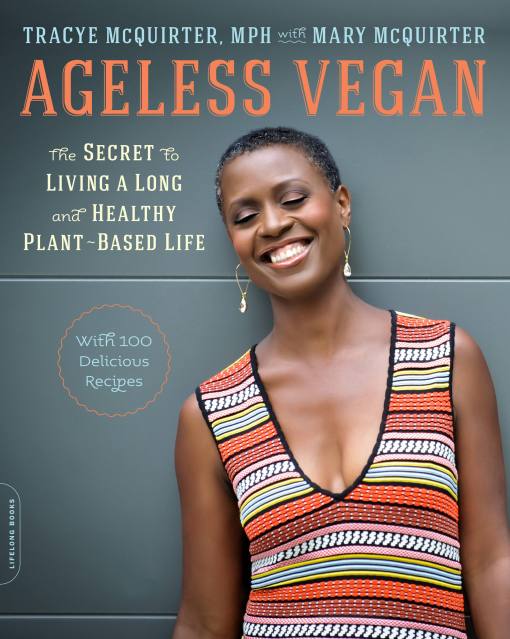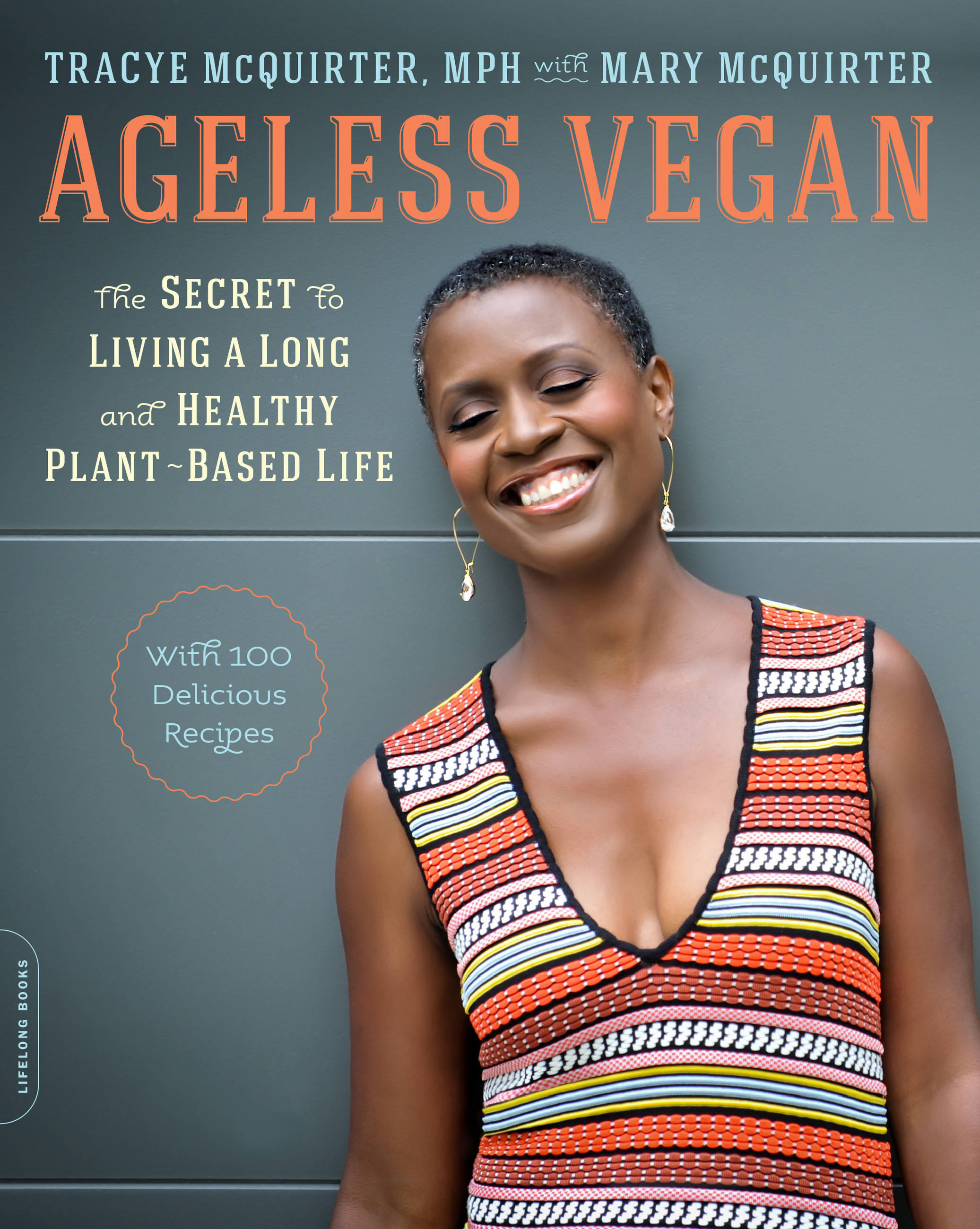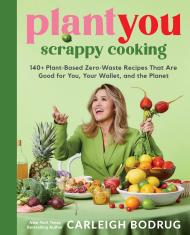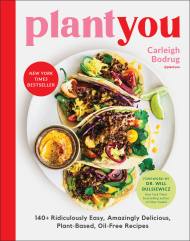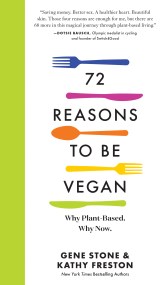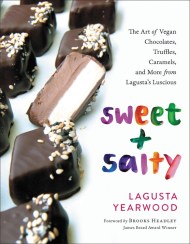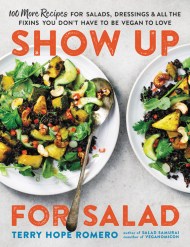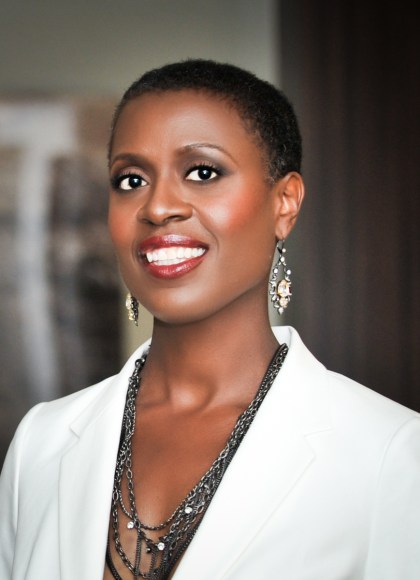Promotion
Use code MOM24 for 20% off site wide + free shipping over $45
Ageless Vegan
The Secret to Living a Long and Healthy Plant-Based Life
Contributors
With Mary McQuirter
Formats and Prices
Price
$15.99Price
$19.99 CADFormat
Format:
- ebook $15.99 $19.99 CAD
- Trade Paperback $24.99 $30.99 CAD
This item is a preorder. Your payment method will be charged immediately, and the product is expected to ship on or around June 12, 2018. This date is subject to change due to shipping delays beyond our control.
Also available from:
Vegan lifestyle expert Tracye McQuirter teams up with her mother Mary to share their secrets for maintaining radiant health for more than 30 years (hint: it’s all in the greens), and 100 of their favorite plant-based recipes that have kept them looking and feeling ageless. They break down the basics of nutrition, how to build a vegan pantry, and how to make sure you’re getting the best nutrients to promote longevity and prevent chronic disease. They also provide a 14-step guide with practical, easy-to-follow advice on how to transition to vegan foods, jumpstart your healthy eating habits, and how to up your game if you’re already a vegan. Their 100 fresh, simple, and flavorful recipes are based on everyday whole food ingredients, including Maple French Toast with Strawberries, Thai Coconut Curry Soup, Cajun Quinoa with Okra and Tomato, Vegetable Pot Pie, Citrusy Dandelion Greens Salad, and Perfect Pecan Pie. Illustrated with beautiful, full-color photographs, Ageless Vegan helps you kiss diet-related disease and fatigue goodbye and gives you the information, inspiration, and affirmation you need to live a long, glowing, and healthy life you love.
Genre:
-
"Once again, Tracye McQuirter inspires us to look at the world through fresh eyes, and this time we have the pleasure of being motivated by her 80-year-old mother, as well. In Ageless Vegan, we witness the beauty, vitality, and strength of a family three decades into a plant-based diet. The McQuirters challenge the widespread belief that age-related illness is inevitable, and their words and recipes will appeal to those invested in slowing down the aging process and living long healthy lives. Whether you are new to or continuing a vegan journey, this book is sure to inspire a lifelong commitment to clean eating."Bryant Terry, James Beard award-winning author of Afro-Vegan
-
"Ageless Vegan is an authoritative guide to how to do a vegan diet right. But it is much more than that. It is a warm, personal, and inspiring book written from the heart. It gives you the how and why, provides an abundance of wonderful recipes, and makes your transition to the healthiest possible diet wonderfully easy."Neal D. Barnard, MD, FACC, Adjunct Associate Professor of Medicine, George Washington University School of Medicine, President, Physicians Committee
-
"I've known Tracye and her mom for years, and they're the epitome of how to live healthfully on a long-term, whole foods, plant-based diet."Michael Greger, MD, New York Times bestselling author of How Not to Die
-
"Dedication, sincerity, and inspiration best describe who Tracye is."T. Colin Campbell, Co-author of The China Study
-
"I love and recommend Ageless Vegan. This wonderful book empowers and inspires readers to live mindfully and healthfully and to make our world a kinder place. The authors, mother and daughter, Mary and Tracye McQuirter have been vegan for decades, and they are glowing examples for the rest of us who aspire to lead healthy, happy and conscientious lives."Gene Baur
-
"We reach a point in life at which good food, like good lighting, becomes indispensable. The vivacious daughter/mother team behind Ageless Vegan present food so good its powerful health--promoting proponents can change your life, and so delicious you'll never need another recipe--even if you live to 110, which you might."Victoria Moran, author, Main Street Vegan, director, Main Street Vegan Academy
-
"Filled with tasty recipes, and an easy-to-follow meal plan, this book also tells a story of two truly amazing women who are dedicated to living their truest expression of themselves. Working towards making this world a better place also extends to what we put into our bodies, and Tracye makes this point through practical advice, in a way that will motivate you to see that healthy eating is empowering in so many ways."Liz Ross, cofounder of Vegan Advocacy Initiative
-
"Ageless Vegan is a timely, engaging, and accessible book that offers an entry point to veganism through the brilliant words and experiences of mother--daughter duo, Tracye and Mary McQuirter. With personal narratives and 100 delicious recipes, Ageless Vegan is a gem that is sure to be loved by readers. Tracye has already demonstrated that she can single-handedly change the landscape of the vegan world, and now, with the addition of Mary, I'm excited to see them change lives in new and exciting ways!"Aph Ko, Founder of Black Vegans Rock and co-author of Aphro-ism: Essays on Pop Culture, Feminism, and Black Veganism from Two Sisters
-
"Tracye McQuirter is committed to a more socially just world, and she sees food, nutrition and health as a key ingredient of such a world. Importantly, Tracye and her wonderful mom speak in this book with an informed but also compassionate voice. I believe this combination of expertise and compassion is key to building a better world, especially when helping people through personal dietary and lifestyle change. I highly recommend this book as a resource to anyone wanting to explore the life changing benefits of plant-based nutrition."Nelson Campbell, Director and Writer, PlantPure Nation, founder of PlantPure, Inc. and PlantPure Communities, Inc.
-
"Tracye and Mary McQuirter are an amazing and dynamic vegan daughter and mother duo I've known for almost 20 years. They both show the incredible benefits of being vegan, and the many ways being vegan helps people age healthfully, functionally and beautifully."Milton Mills, MD, Critical Care Physician and Featured Medical and Nutrition Expert in What the Health
-
"Inspiring...and full of smart tips and strategies."Joe Yonan, Washington Post
-
"No matter where you're at on your own vegan journey, Ageless Vegan is sure to inspire a renewed commitment to healthy eating."PETA Prime
-
"Ageless Vegan is a powerful argument for the ways that food is political. It also makes a strong aesthetic case for veganism."Natalie Hopkinson, Huffington Post
-
"A standout collection of recipes...with its appetizing flavor variations, this approachable cookbook raises the standard of plant-based cuisine."Library Journal **starred review**
- On Sale
- Jun 12, 2018
- Page Count
- 256 pages
- Publisher
- Da Capo Lifelong Books
- ISBN-13
- 9780738220215
Newsletter Signup
By clicking ‘Sign Up,’ I acknowledge that I have read and agree to Hachette Book Group’s Privacy Policy and Terms of Use
